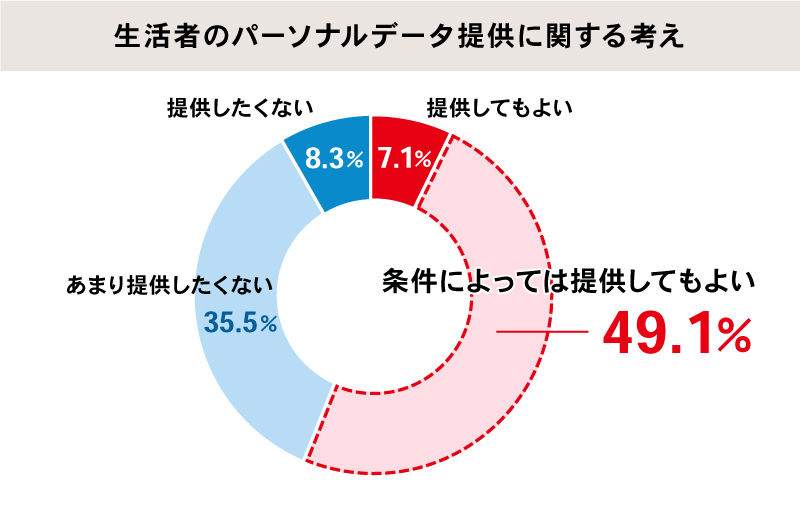Data Clean Rooms are transforming marketing in the "cookie-free era."
Related Series:Must-Know Data Clean Room Utilization Techniques
Driven by the trend toward personal information protection, the so-called "cookie-free era" is approaching, marked by Google's discontinuation of third-party cookies (※1) and Apple's requirement for opt-in consent to obtain IDFA (※2).
Amidst this, the "Data Clean Room" is a data infrastructure that balances "privacy protection" with "corporate marketing needs," enabling continuous PDCA in marketing.
This series explores the potential and appeal of data clean rooms—essential for next-generation marketing—using NTT DOCOMO's "docomo data square" as an example.
This installment features Akane Furuike, who develops data clean rooms at Dentsu Inc. Data & Technology Center, explaining the fundamentals of the cookie-free era and data clean rooms using relatable examples.
※1 Third-party cookies
Cookies are browsing information issued by the server of a website a user visits and stored in that user's web browser. Cookies from the currently visited site are called first-party cookies, while cookies issued and stored by other sites are called third-party cookies.
※2 IDFA
Stands for Identifier for Advertisers, an ID assigned to Apple devices like iPhones and iPads.
<Table of Contents>
▼Balancing "Creating a Good Customer Experience" and "Respecting User Privacy" Becomes the Primary Challenge
▼Why "Data Clean Rooms" Are Gaining Attention in the Post-Cookie Era
▼Data integration within the massive "docomo ecosystem"! The three strengths of "docomo data square"
Balancing "creating a good customer experience" and "considering user privacy" becomes the biggest theme
The other day, I ordered a late-night snack via a delivery app and this happened.
The bag that arrived had a message saying "3rd time (^^)" written on it, and they even included a free drink!

I was a bit embarrassed ordering junk food late at night, but this little gesture really hit the spot for my tired body. I totally fell for it and found myself thinking, "I'll definitely order from this place again next time" (lol).
Now, about this episode. Because the restaurant utilized the "order history" data linked to my ID, they could provide the right message and perk, and I found that appealing enough to become a repeat customer.
What did you think after reading this story? Maybe
"It's a bit creepy and unpleasant to know how many times I've ordered,"
For those consumers, there should be an option to "not provide your data to the store."
On the other hand, for people like me this time,
"If it means getting good service, I don't mind—I'm willing to share my data."
There should also be that option.
According to the Ministry of Internal Affairs and Communications survey, opinions are split on providing data for commercial purposes: 56.2% positive (red total) and 43.8% negative (blue total). However, the most common response is "I might provide it under certain conditions."
In other words, what matters is that individuals themselves understand:
"Where and how their data is collected, and who is using it for what purpose"
"What benefits they personally gain from it"
and to be able to choose how their data is handled based on their own will.
The mechanisms needed for this are "opt-in" and "opt-out."
Opt-in refers to the user explicitly granting permission to a company to use their personal data. Of course, users also retain the right to later "revoke" that permission—that is, to opt out.

Starting with iOS 14, Apple requires apps to present an opt-in prompt, mandating users' prior consent before obtaining their Mobile ID (a device identifier used by apps on smartphones and tablets for advertising purposes).
Many of you may recognize the image below.
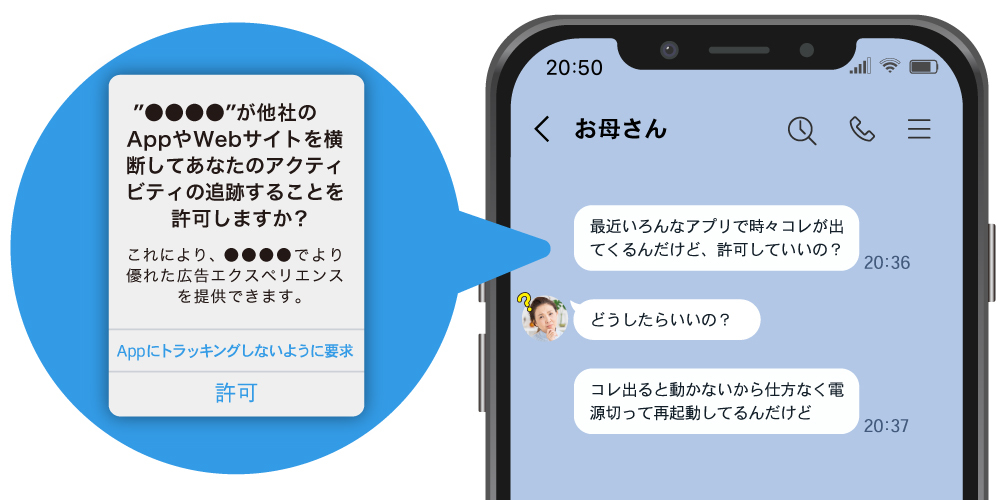
My mom, who seemed uneasy about the phrase "Track Your Activity~," sent me this message, and I was bombarded with questions afterward (lol).
Of course, companies are also increasingly making efforts to avoid alarming users. They display clear explanations about "using user data for advertising" and then show the opt-in pop-up afterward.
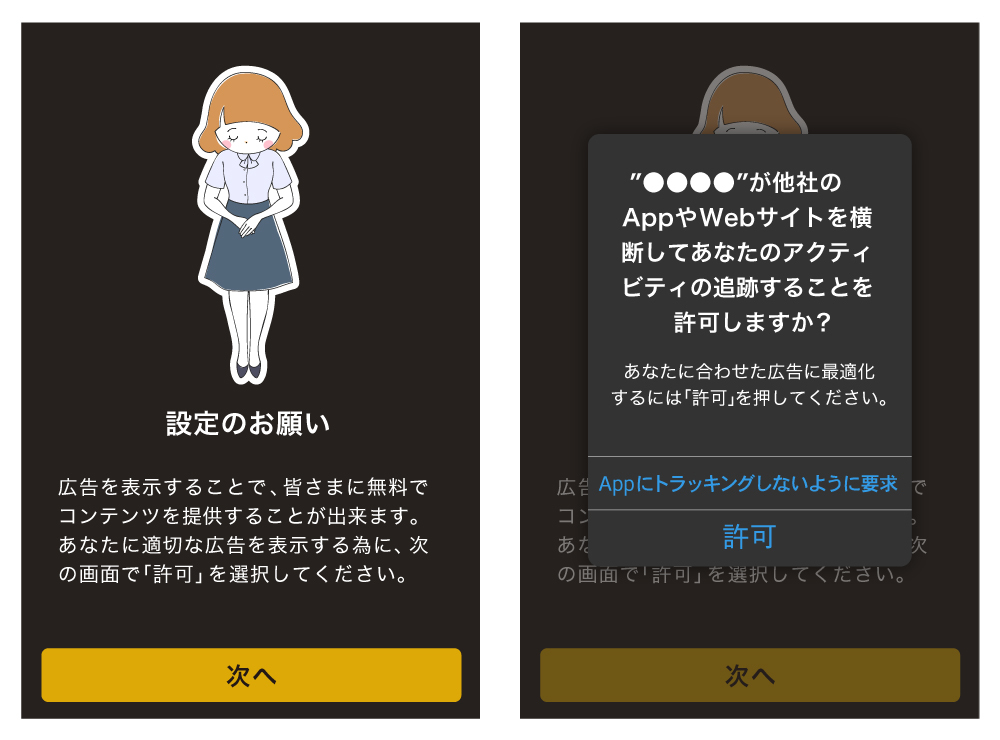
Companies have a need: "We want to make offers to users at the right time, and we want to use data to do that."
"But users are wary of their data being used indiscriminately."
The theme for future digital marketing will be achieving a balance between these two elements.
Why "Data Clean Rooms" are gaining attention in the cookie-free era
To balance positive customer experiences with user privacy protection, several new solutions are emerging. Among these, we'll explain the features of the "Data Clean Room" introduced here.
A Data Clean Room is an environment where corporate data scientists can access and integrate data for analysis without identifying individual consumers. It is beginning to be offered by companies with large user bases, often referred to as "platform providers."
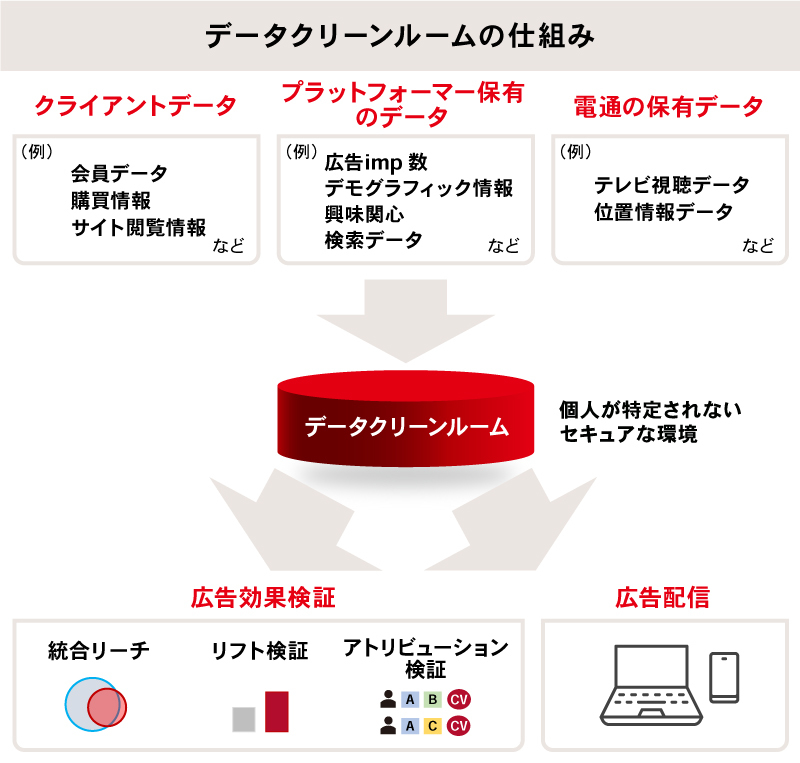
Precisely because it is a secure environment where individuals cannot be identified, vast amounts of data from both inside and outside the platform can be integrated. Through data clean rooms, companies can implement personalized planning, advertising, and promotional strategies for each individual consumer.
- Client Data (User data held by advertising companies)
- Advertising Agency-Held Data
- Platform Operator Data
A data clean room is a data infrastructure that enables digital marketing by connecting these data sources in a way that does not identify individuals, achieving both "delivering a good customer experience" and "protecting privacy."
A particularly significant point is that, despite being "non-personally identifiable," the data clean room environment enables advertising delivery and effectiveness measurement that captures consumers' moods and needs—moments—equivalent to or even surpassing traditional methods.
Platform operators offering services that provide tangible benefits to consumers, such as "loyalty programs" or "payment services," are particularly well-positioned to obtain consumer opt-in consent and already hold tens of millions of pre-approved IDs.
By linking "media exposure" to "purchases" on a person-based level according to consumer consent, and maintaining continuous connections with consumers, the data clean room becomes the "foundation for building brand fans."
In summary, data clean rooms enable diverse data utilization without identifying individuals, allowing marketing that leverages
- enabling marketing that leverages the platform operators' vast economic ecosystems.
- creating better customer experiences by capturing moments and increasing brand fans
- while protecting consumer privacy.
These are the strategies for the cookie-free era.
Harnessing the massive "docomo economic sphere" through data integration! Three strengths of "docomo data square"
Docomo and Dentsu Inc. provide "docomo data square," a data clean room that integrates and analyzes Docomo's "location data" and "d point member data" with Dentsu Inc.'s "media exposure data," using the ever-present "d account" as the key, even in the cookie-free era.
docomo data square News Release
https://www.dentsu.co.jp/news/release/2020/0804-010117.html
While data clean rooms are offered by various platform providers, advertising delivery using docomo data square enables
- TV commercials
- Web advertising
- Digital OOH
from consumers' "media exposure" to their actual "purchasing behavior" on a person-based measurement.
The vast economic ecosystem of "d Point members" is linked to diverse service data, including "app usage," "location information," and "purchases at partner stores."
Beyond the mobile carrier's unique app usage and location data, the strategy to expand the d Point membership base beyond NTT Docomo mobile users has become a key strength of Docomo Data, boasting approximately 82 million members.
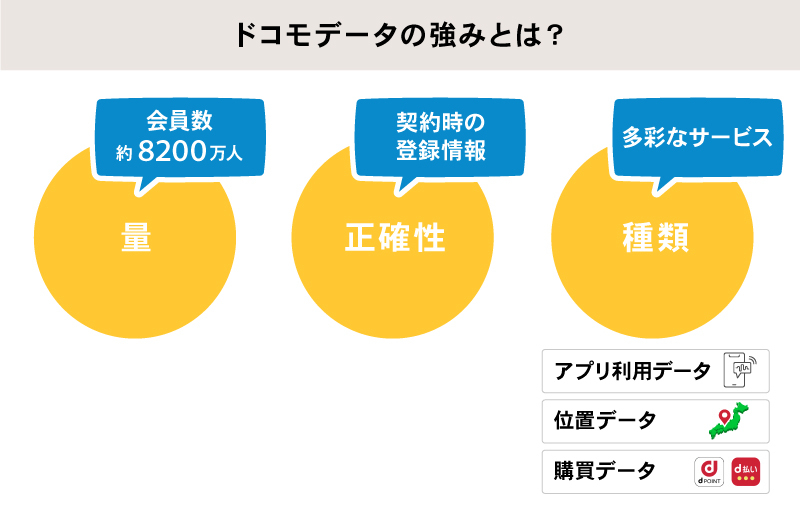
As discussed, digital advertising and data marketing are undergoing a major transition period, marked by cookie-free environments and user privacy protection.
Amidst this, how does NTT DOCOMO, which has launched its data clean room service, view current challenges and future strategies from the perspective of a major platform provider?
Next time, we'll hear from a Docomo representative about "docomo data square."

Was this article helpful?
Newsletter registration is here
We select and publish important news every day
For inquiries about this article
Author

Akane Furuiike
Dentsu Inc.
After gaining two years of sales experience at an OOH agency, I joined the Data & Technology Center. There, I worked on people flow analysis using location data such as GPS and mobile carrier data, as well as integrated on-off planning and effectiveness verification utilizing the "TV × Digital × OOH" triple media approach.
